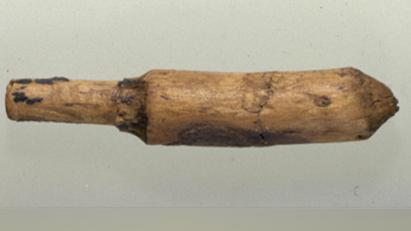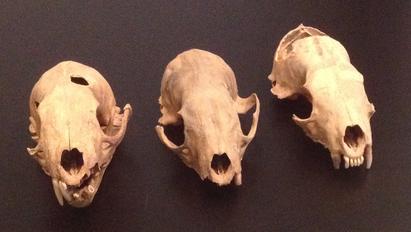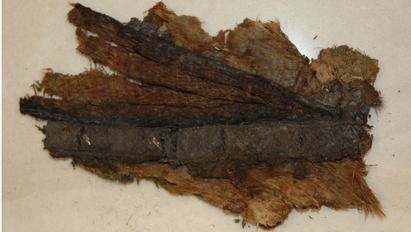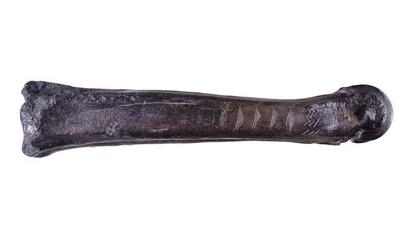Fur in history and antiquity
Humans have used fur and skin for clothing, artefacts and furnishings for thousands of years.
Fur-bearing animals have been hunted or caught in traps, or bred as domesticated animals. The use of fur has changed through time, which is also the case for the way furs have been manufactured.
Fur was the only available raw material for clothing in the Scandinavian Stone Age. All work was made by hand and with simple tools. Survival required high quality workmanship.
Attitudes towards fur changed as textile production became more and more common. In the Mediterranean countries, fur could signal poverty as well as wealth. In Scandinavia, fur continued to be an important raw material, but now for more specific purposes, such as coats, shoes, blankets, bags, pouches, sheaths for tools and weapons, ropes, strings and straps.
Furs from wild animals were export commodities for the Vikings. Fur from sable, ermine, fox, marten, and beaver were especially sought after. In return, the Vikings received pearls, silver, gold and silk.
Our prehistory contains many exciting and surprising examples of how humans have obtained and used fur through the ages. Follow the Fur Trail and experience the hidden stories.




